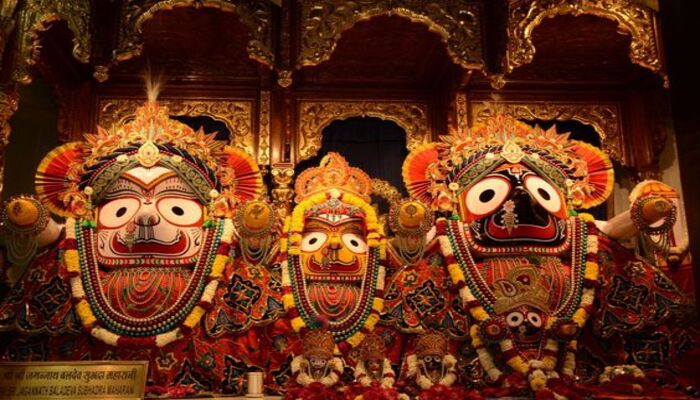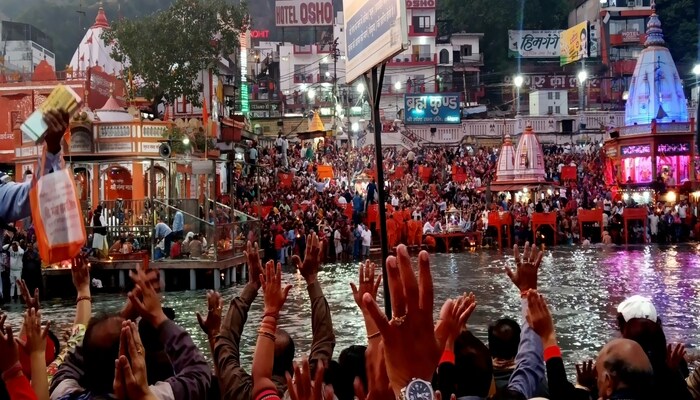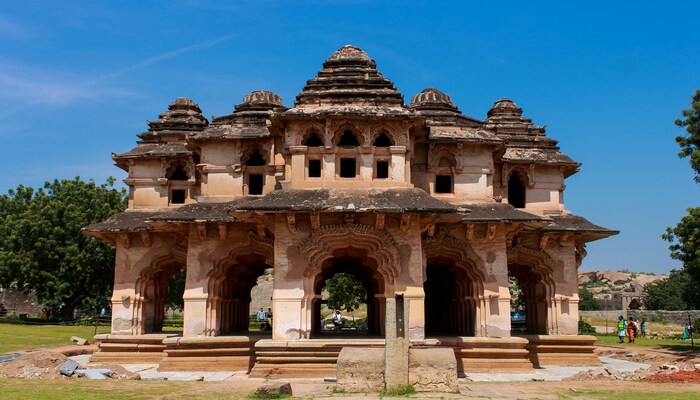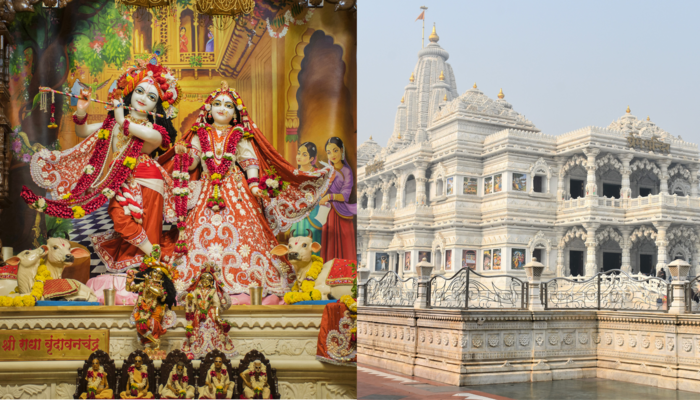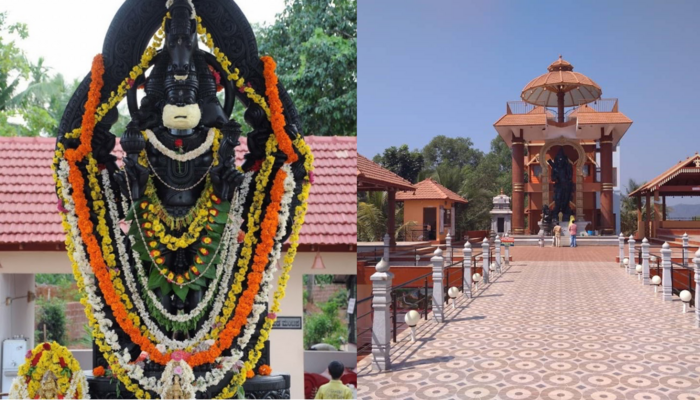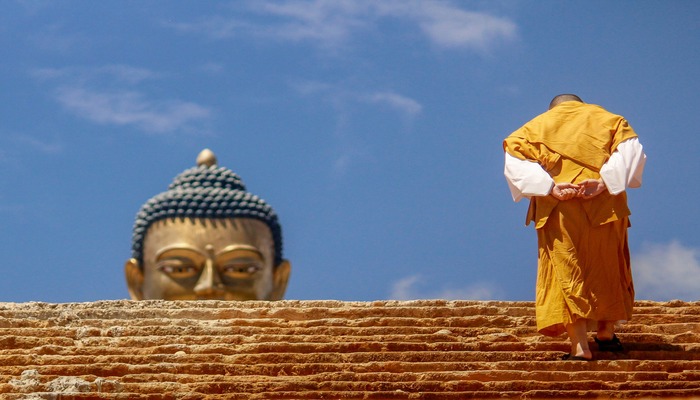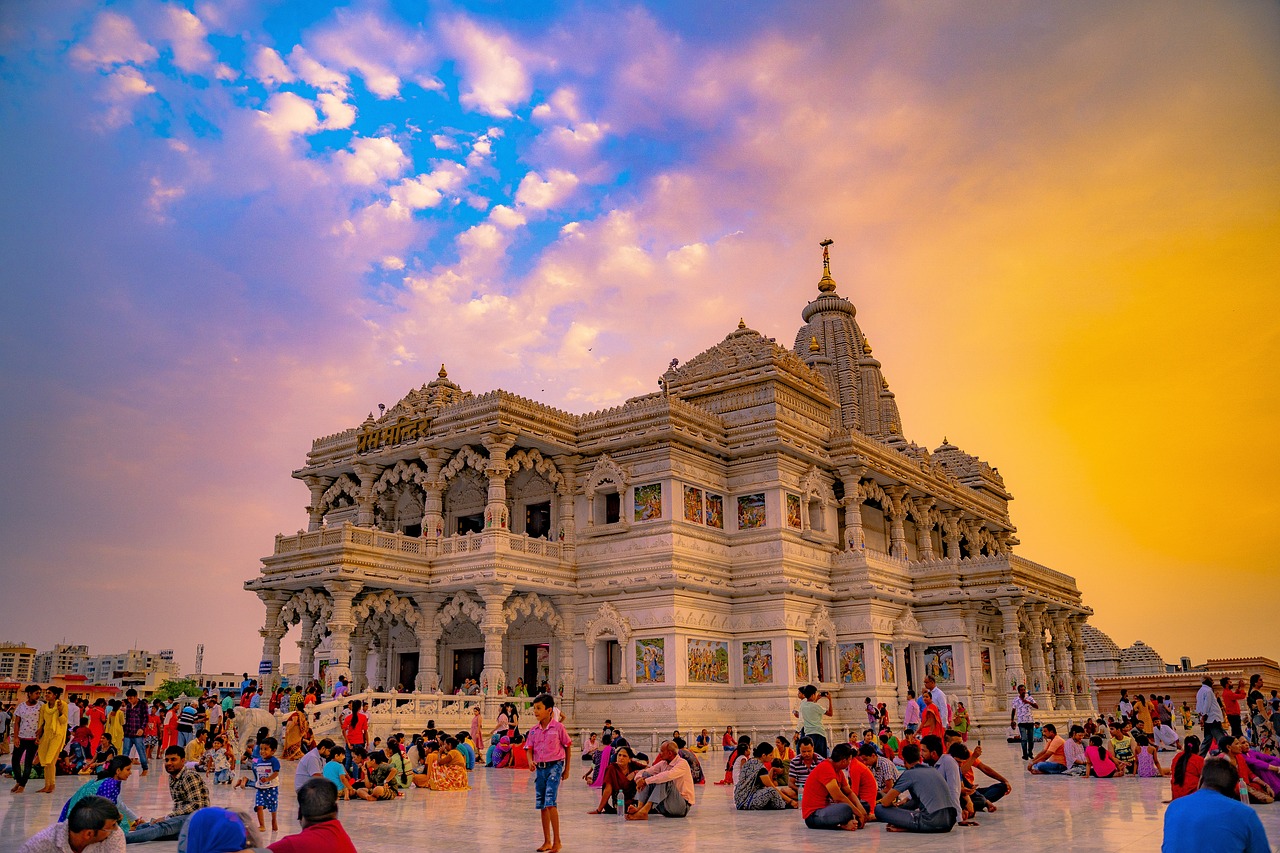Temples Of Puri; Exploring The Temples Near Shri Jagannath Puri
Situated in the eastern Indian state of Odisha, the city of Puri holds great significance in terms of religion as well as a pilgrimage site for Hindus. This city is famous for its temples and attracts devotees and tourists from all over the world. This city dates back to the 3rd century B.C. The city has a plethora of temples several of which stand out for their historical significance, architectural sublimity and religious beliefs. Let’s take a moment and look at the temples that the city of Puri houses.
Jagannath Temple
Built-in the 11th century by the kind Indradyumna, The Jagannath temple is the crown jewel of Puri’s religious atmosphere. This temple is dedicated to Lord Jagannath who is a form of Lord Vishnu and is understood as one of the Char Dham pilgrimage sites in India. Its complex architecture and towering spire draw devotees who seek the blessings of God Jagannath and participate in the annual Rath Yatra festivities. It is believed that the beating heart of Lord Krishna is placed in the bamboo idol of Lord Jagannath.
Lokanath Temple
The Lokanath temple is dedicated to Lord Shiva and the legends believe that Lord Ramchandra himself installed the Lingam at Lokanathtemple, which makes it a sacred site for all the Shiva devotees. The Shiva Linga remains submerged under the water throughout the year and is only visible on specific occasions. Especially around the Pankodhar Ekadashi, the devotees flock to the temple to witness this rare sight and seek blessings from Lord Shiva.
Sakshi Gopal Temple
The Sakshi Gopal temple holds numerous legends that surround its significance as an honoured shrine for Lord Vishnu. The stories say that Lord Vishnu once visited the temple to witness a village wedding and cement his sanctity among the devotees. This temple serves as a gateway for all the pilgrims who enter the holy city of Puri, and this marks the beginning of their spiritual journey.
Vimala Temple
The Vimala Devi temple is dedicated to Goddess Vimala and is situated within the Jagannath temple complex. This temple is the Tantric manifestation of the divine mother. Admired as the protector of the temple as well as of Lord Jagannath, Goddess Vimala embodies the essence of Shaktism and attracts devotees and pilgrims seeking her divine blessings.
Lakshmi Temple
Located adjacent to the Jagannath temple, the Lakshmi temple commemorates the divine union of Lord Shiva and his wife Goddess Parvati. According to the legends, Goddess Lakshmi invited Lord Shiva and Goddess Parvati for a meal after their wedding. Devotees visit this temple to pay homage to Goddess Lakshmi and seek her blessings for prosperity and well-being.
Ganesh Temple
Embedded within the Jagannath temple complex, the Ganesh temple houses a unique image of the Natya Ganesh that symbolizes the divine dance of the creation. The temple’s charm is enhanced by the legend of Goddess Ganga flowing through the Shivalinga which emphasizes the interconnectedness of the divine forces.
Gundicha Temple
The Gundicha Temple is located a short distance from the Jagannath Temple and serves as the summer retreat for Lord Jagannath, his brother Balrama and his sister Subhadra. During the annual festivities of the Rath Yatra, the deities are ceremoniously transported to the Gundicha Temple, where they reside for a week, that symbolizes familial bonding and divine presence.
Markandeswara Temple
The Markandeswara temple is a witness to Odisha’s rich cultural heritage and is famous for its magnificent architecture and artistic brilliance. Skillfully carved figures that beautify the temple entrance, depicting various deities and mythological narratives, attract visitors.
Alarnatha Temple
The Alarnatha Temple is situated near the city of Puri. This temple holds great significance, especially during the Anavasara period when the devotees were unable to access the idols at the Jagannath temple. A lot of people gather at the shrine to seek comfort and divine invention during this sacred period and reflect on the deep-rooted faith and devotion of the pilgrims.
Varahi Temple
The Varahi Temple was constructed in the 9th century and is famous for its architectural beauty and detailed craftsmanship. The temple is dedicated to Goddess Varahi that symbolizes the creative and fostering aspects of the divine feminine, attracting pilgrims who seek spiritual enlightenment and divine blessings from across the nation.
Sonar Gouranga Temple
The Sonar Gouranga Temple is situated near the Jagannath Temple and Puri beach and it serves as a hub of pilgrimage and spirituality. This temple is dedicated to Lord Ram and devotees offer prayers to him, Lord Jagannath and other incarnations of Lord Vishnu and seek his divine blessings and spiritual enlightenment.
Mausima Temple
The Mausima Temple is situated on the Grand Road in Puri and is said to be steeped in mythological significance and folklore. The legends say that Goddess Mausi Ma saved Puri from the floods earning admiration from devotees who seek her protection and blessings.
Darya Mahavir or Bedi Hanuman Temple
The Darya Mahavir temple is dedicated to Lord Hanuman and is also known as Bedi Hanuman Temple. This temple stands as a symbol of devotion and vigilance. People flock here and pay their homages to the Lord Human and seek his blessing for courage and protection against evils.
Kapal Mochana Temple
The Kapal Mochana temple is one of the Pancha Pandavas temples in Puri. This temple holds immense religious significance for devotees who seek redemption and purification of sins. The temple consists of a sacred pool known as Manikarnika, and, it serves as a sanctified space for spiritual cleansing and renewal.
Astachandi Temple
The Astachandi temple is located at the entrance of the Puri town and it reverberates with spiritual energy and divine grades. This temple is dedicated to the 8 Chandis and houses their idols. Devotees offer prayers to the deities and seek blessings for strength, prosperity and protection.
Chakranarayan Temple
The Chakranarayan Temple stands as a symbol of devotion and admiration. This temple is dedicated to Goddess Lakshmi and Narasimha who is known to be the incarnation of Lord Vishnu. Devotees flock here and offer prayers to the divine couple and seek blessings for prosperity, harmony and spiritual well-being.
Dakshinkali Temple
The Dakshinkali Temple is located by the sea and is an ancient shrine dedicated to Goddess Kali. The pilgrims visit here to pay homage and seek the goddess’s blessings for protection and liberation from worldly sufferings, nurturing a sense of devotion and surrender.


